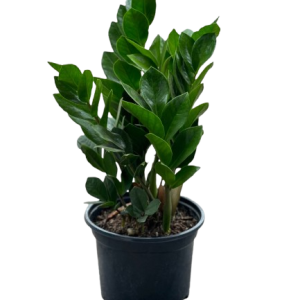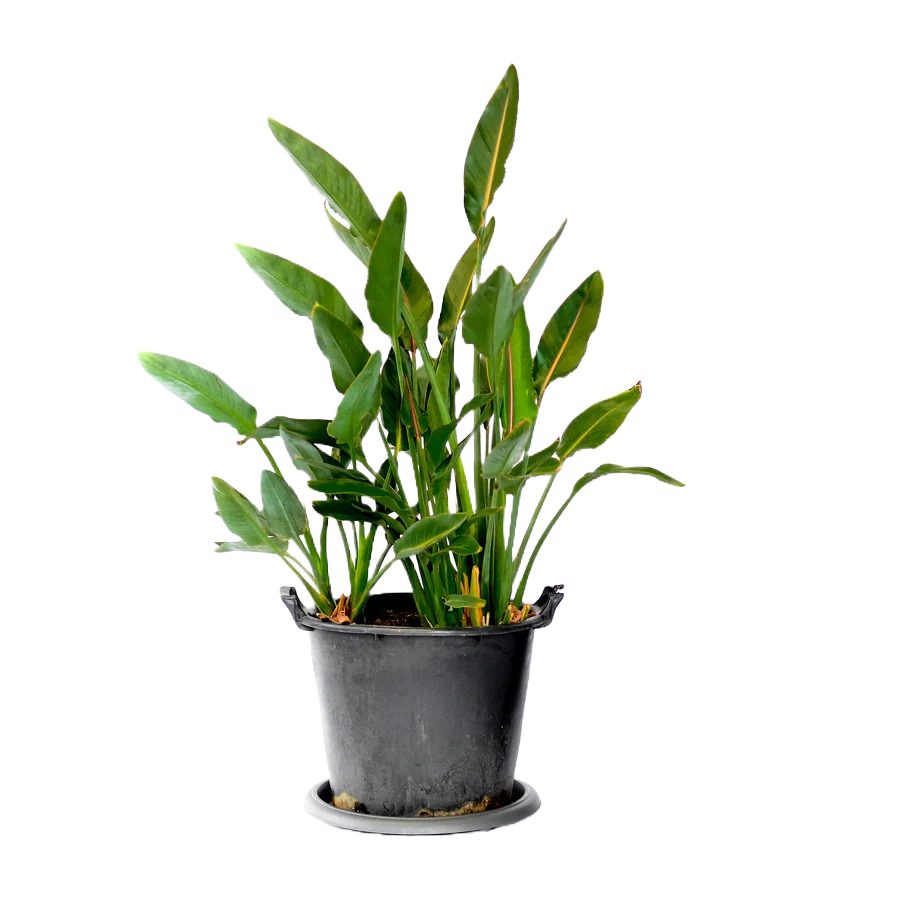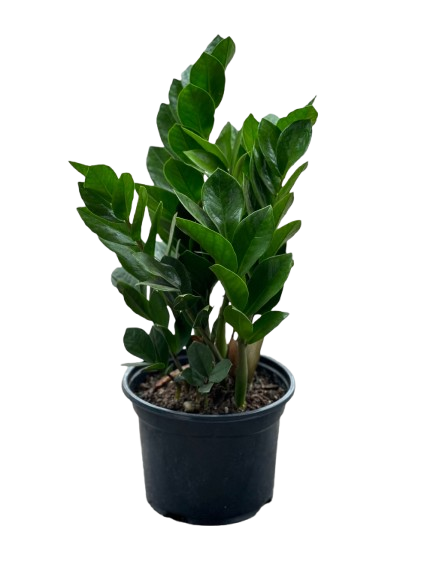Olea africana, commonly known as the African wild olive tree, is one of Kenya’s most important indigenous trees. With its tough, evergreen leaves, deep roots, and hardy nature, it thrives in dry conditions and is ideal for live fencing, soil conservation, and reforestation projects across the country. It’s both functional and culturally significant, making it a must-have for eco-conscious farmers and landscapers in Kenya.
Benefits of Growing Olea Africana
- Drought Resistant: Thrives in dry, arid, and semi-arid climates across Kenya.
- Indigenous & Long-Lived: Naturally suited to Kenyan soils and can live over 100 years.
- Medicinal Uses: Leaves and bark are used in traditional herbal medicine.
- Excellent for Fencing: Grows strong and thick, ideal for live fences and windbreaks.
- Hardwood Timber: Dense wood used in carving, tools, and furniture.
How to Grow Olea Africana in Kenya
1. Ideal Climate and Location
Olea africana grows best in areas with full sunlight and well-draining soils. It thrives in dryland counties like Machakos, Kitui, Baringo, and even highlands like Nyeri and Kericho. It is highly adaptable to Kenya’s diverse climates.
2. Soil Requirements
Grows in a variety of soils, including sandy, loamy, or rocky soils. Ensure the soil is well-drained to prevent root rot. Add compost or manure during planting for better root establishment.
3. Watering Schedule
- Young seedlings should be watered 2–3 times per week until established (about 2–3 months).
- Mature trees need little to no watering except during extreme drought.
4. Feeding and Fertilizer
Not a heavy feeder. Apply compost or organic fertilizer during the rainy season for faster growth. Avoid over-fertilizing, especially with high-nitrogen products.
5. Pruning Tips
Prune in the dry season to remove dead wood or to shape the tree for fencing or aesthetic purposes. Minimal pruning is needed once mature.
Common Problems and Solutions
- Slow Growth: Natural for this species. Speed up growth by using well-composted soil and watering regularly when young.
- Whiteflies or Aphids: Rare, but can be managed with neem oil spray.
- Leaf Drop: Caused by sudden temperature changes or transplant shock. Water gently and avoid moving the plant after establishment.
Uses of Olea Africana
- Timber: Ideal for making durable furniture, carvings, and handles.
- Medicinal: Leaves used in teas or decoctions for treating colds, fever, and inflammation.
- Soil Stabilization: Great for controlling erosion on slopes and riverbanks.
- Cultural: Used in traditional rituals and often planted near homesteads for protection.
Final Thoughts
The African wild olive tree is one of the most valuable indigenous trees in Kenya. Whether you are planting for environmental reasons, fencing, or cultural significance, Olea africana is a strong, beautiful, and lasting investment in your land. Its ability to thrive with little care makes it perfect for both rural and urban Kenyan settings.
Follow Planters.co.ke for more tree-growing tips, indigenous species guides, and eco-friendly gardening ideas tailored for Kenyan homes and farms.
Recent Posts
- Asiatic Lily Bulbs in Kenya: Vibrant Color, Easy Growth & Garden Beauty
- Dendrobium Orchids: Elegant Blooms, Easy Care & Indoor Beauty
- Vanda Orchids: Vibrant Colors, Air-Grown Beauty & Elegant Displays
- Vriesea Bromeliads in Kenya: Elegant, Colorful & Easy to Grow
- Manuka : Beauty, Healing & Natural Resilience









